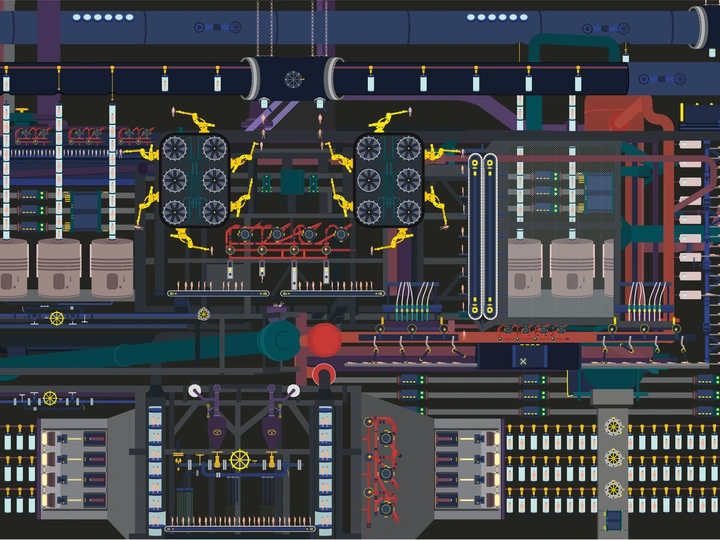Critical Storytelling – Envisioning Other Futures

Jana Čulek is an architect, urban planner and researcher. She is interested in the topic of architectural communication and storytelling where she investigates and tests how architecture is thought and presented, what types and forms of knowledge it can disseminate, and how it can be used as a discursive tool for critically reflecting on our society and triggering a change within it. She looks not only to understand how architectural projects can communicate, but what is communicated, and how different mediums, such as text, drawing, film, or models, can be used to bring forth or amplify voices and actors which have been overlooked. What she finds most interesting within different modes of architectural communication is the relationship of drawing and text, and how they work in (trans)forming real or imaginary spaces by constructing narratives. After graduating at the Faculty of Architecture in Zagreb, she continued at the Berlage Center for Advanced Studies in Architecture and Urban Design in 2014. Since then, up until the end of 2022 she was based in the Netherlands, first working as part of the Rotterdam based KAAN Architects, and since 2019 through her own practice Studio Fabula, currently based in Zagreb. From 2018 to 2023 she was a doctoral researcher at the TU Delft with the chair of Methods of Analysis and Imagination, where she contributed to the master programme. Her dissertation investigated utopia as a critical method in architecture and literature, focusing on the various tools utopian works have used to propose speculative alternatives to different periods of our history. She is currently an external tutor at the Urban Studies post-graduate interdisciplinary specialist program led by the DeltaLab at the University of Rijeka. Her work has been published and exhibited numerous times, most recently at the “Private_Eye_Butler_Spy” exhibition in ARCAM Amsterdam (2022) and the “The Architecture Machine” exhibition held at the Architekturmuseum TUM (2021).
Approaching today’s complex realities we need to be equipped with tools enabling a holistic yet respectful response. To do so, we need to understand and work with multiple interrelated networks and systems which manifest on the spatial, but also on a less tangible societal, cultural, individual and non-human level. Critical Storytelling is a design method, developed through practice and teaching, which builds on the insights of my doctoral research titled Utopia as Critical Method. Intrigued by how utopian architecture and literature develop narratives which are simultaneously critical towards their context while offering an alternative to it, has led me test the use of these narrative methods in spatial practice and education. Creating long-term fictional narratives developed through both text and drawing we can position ourselves beyond the immediate possibilities of today, unburdened by the limits of reality. Using fiction, we create potential not only for envisioning new solutions and approaches to the crises of our time, but also for identifying issues which may have been overlooked. Storytelling becomes not just a design method, but a way to trigger a wider discourse which also offers to include a broader spectrum of potential actors, instigators, and agents of change. The approach has so far been developed through workshops and design projects. Structured through a set of topics: habitat, production, technology, and systems - in both their spatial and societal manifestations - observing and envisioning them on different scales of occurrence and influence, it uses them as an infrastructural system for developing critical narratives which question the status quo. Using fiction the method allows us to uncover, chart, correlate, invent, and visualize new productive social and spatial forms which can trigger a move towards a better future, all the while shining a light on and providing space for less visible albeit not less relevant issues, contexts and voices.